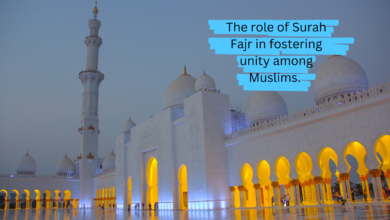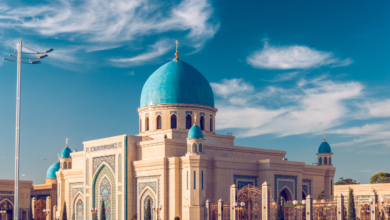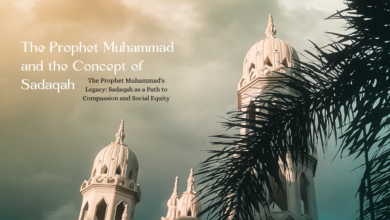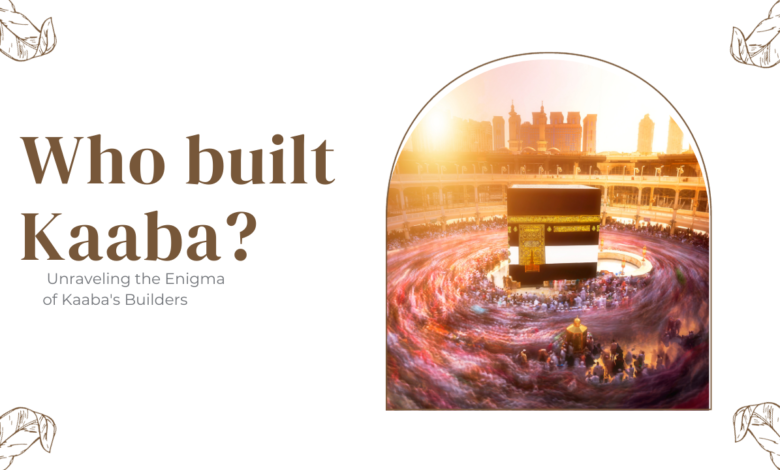
Who built Kaaba?
The Kaaba is believed to have been built by the Prophet Ibrahim (Abraham) and his son, Prophet Isma’il (Ishmael), according to Islamic tradition.
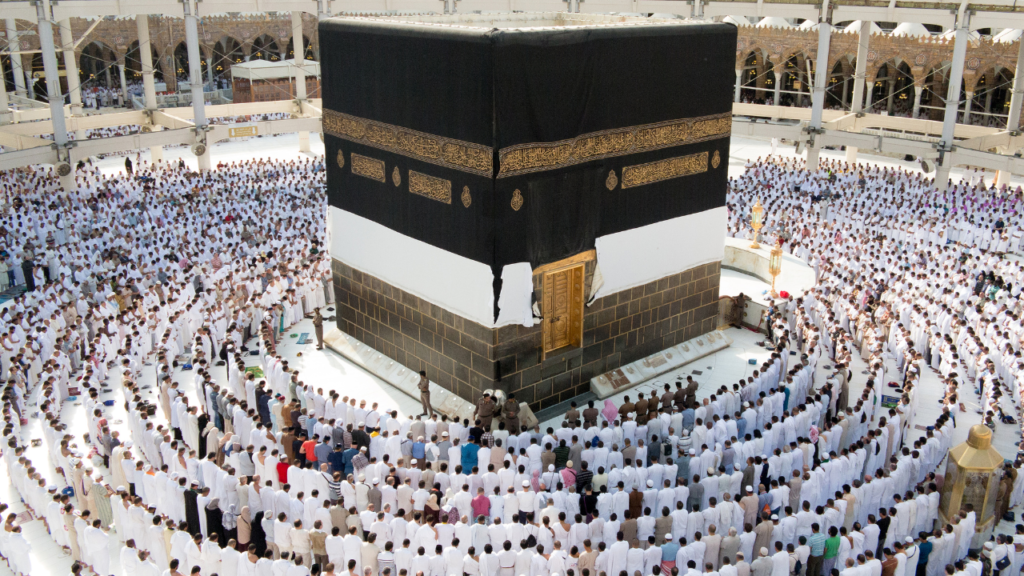
Introduction
The Kaaba, also spelled as “Kaba” or “Qibla,” is a cuboid-shaped building located at the center of the Masjid al-Haram in Mecca, Saudi Arabia. It is the most sacred site in Islam and the focal point of the Islamic pilgrimage, Hajj. Millions of Muslims from around the world face the Kaaba during their daily prayers, emphasizing its profound importance in the Islamic faith. However, the exact identity of the individuals who constructed the Kaaba remains an enigma wrapped in the sands of time.
The Historical Perspective
Islamic tradition traces the origin of the Kaaba’s construction to the Prophet Ibrahim (Abraham in Judeo-Christian tradition) and his son Isma’il (Ishmael). According to Islamic beliefs, the Prophet Ibrahim received a divine command from Allah to build the Kaaba as a place of worship for monotheism. This narrative is supported by the Quran and Hadith, the authoritative sources of Islamic teachings.
The Quranic Perspective
The Quran, the holy book of Islam, makes several references to the construction of the Kaaba. In Surah Al-Baqarah (Chapter 2), verse 127, it is stated, “And [mention] when Abraham was raising the foundations of the House and [with him] Isma’il, [saying], ‘Our Lord, accept [this] from us. Indeed, You are the Hearing, the Knowing.'” This verse suggests that both Ibrahim and Isma’il were involved in the construction of the Kaaba. Their supplication to Allah during this task is indicative of their devotion to the monotheistic faith.
Also Check
- How much is zakat?
- Is Music Haram?
- Are movies forbidden in Islam?
- Fragrance of the beloved Prophet Muhammad (PUBH)
The Hadith Perspective
Islamic tradition further supports the notion that the Kaaba was built by the Prophet Ibrahim and Isma’il. In Sahih al-Bukhari, a collection of Hadith (sayings and actions of the Prophet Muhammad), it is narrated that the Prophet Muhammad stated, “Ibrahim and Isma’il raised the foundations of the House.” This Hadith is considered authentic by Sunni Muslims and reinforces the belief that the Kaaba’s construction was a divine directive fulfilled by Ibrahim and his son.
The Reconstruction and Modifications
Throughout its long history, the Kaaba has undergone several renovations and modifications. The most significant of these was the reconstruction during the time of the Prophet Muhammad. Before the advent of Islam, the Kaaba had become a repository for various idols and pagan symbols. In 630 CE, the Prophet Muhammad led the conquest of Mecca and ordered the removal of these idols. This event marked the restoration of the Kaaba’s original purpose as a place of monotheistic worship, affirming the legacy of Ibrahim and Isma’il.
The Black Stone
The Black Stone, also known as the Hajar al-Aswad, is an integral part of the Kaaba. It is believed to have been placed there by the Prophet Ibrahim and Isma’il. It holds immense significance in Islamic tradition, with Muslims making a point to touch or kiss it during their circumambulation of the Kaaba.
Conclusion
The Kaaba stands as an enduring symbol of monotheism and faith in Islam. While the exact historical origins of the Kaaba are not documented, Islamic tradition is consistent in attributing its construction to the Prophet Ibrahim and his son Isma’il, who acted upon a divine directive to build a house of worship dedicated to the worship of the one true God. The Kaaba’s history is a testament to the enduring legacy of faith, devotion, and the rejection of idolatry, as it continues to draw millions of pilgrims each year, reminding them of its sacred origins.
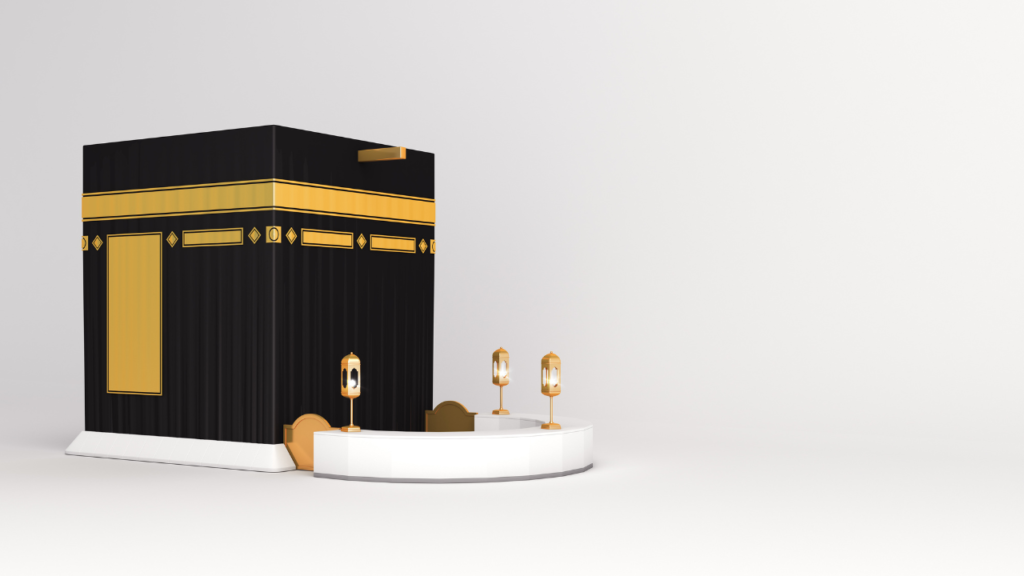
(FAQs) about the construction of the Kaaba:
Who built the Kaaba?
The Kaaba is believed to have been built by the Prophet Ibrahim (Abraham) and his son, Prophet Isma’il (Ishmael), according to Islamic tradition.
When was the Kaaba built?
The exact date of the Kaaba’s construction is not known, but it is believed to have been built over 4,000 years ago.
What is the significance of the Kaaba in Islam?
The Kaaba is considered the most sacred site in Islam. Muslims around the world face the Kaaba during their daily prayers, and it is the focal point of the Hajj pilgrimage.
How was the Kaaba constructed?
The construction of the Kaaba is said to have been a divine command to Prophet Ibrahim. He and his son Isma’il built the structure using stones and bricks, with the help of angelic guidance.
Has the Kaaba undergone any renovations or reconstructions?
Yes, the Kaaba has been renovated and reconstructed several times throughout history. The most recent major renovation took place in 1996, and it is regularly maintained and repaired as needed.
What materials were used to build the Kaaba?
The original Kaaba is believed to have been built using stone and mud bricks. In modern times, it is covered with a black silk and gold curtain called the Kiswah.
Is the Kaaba a single stone structure?
No, the Kaaba is not a single stone structure. It is a rectangular building made up of multiple stones and bricks.
What are the dimensions of the Kaaba?
The Kaaba is approximately 13.1 meters (43 feet) in height, with its length and width being roughly 11.03 meters (36 feet) and 12.86 meters (42 feet) respectively.
Can anyone enter the Kaaba?
The interior of the Kaaba is not open to the public and is only accessible to a select few individuals, typically for maintenance and cleaning purposes.
What is the significance of the Black Stone (Hajr al-Aswad) in the Kaaba?
The Black Stone is embedded in the eastern corner of the Kaaba and is a sacred object in Islam. Pilgrims during the Hajj kiss or touch the Black Stone as part of the pilgrimage ritual.



